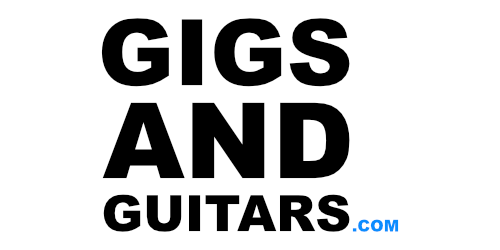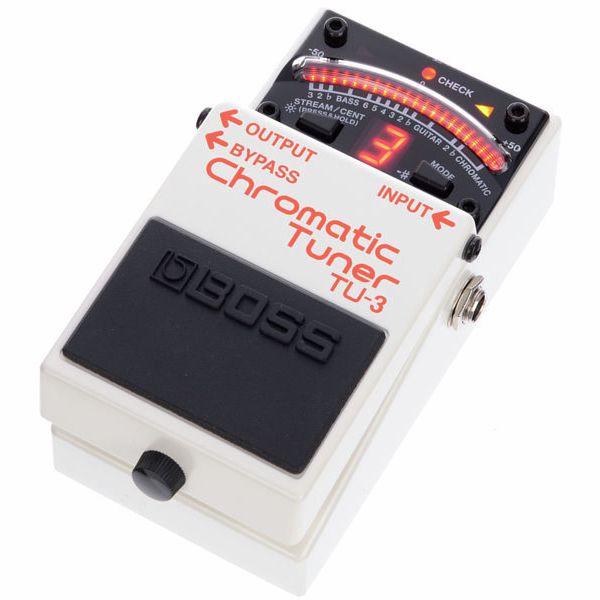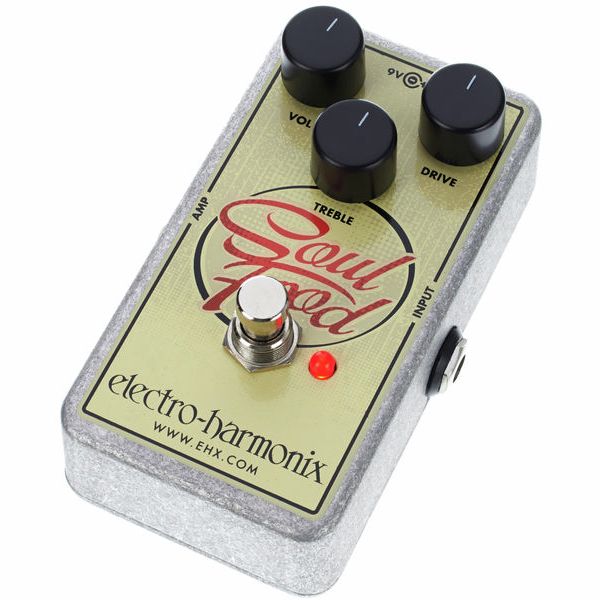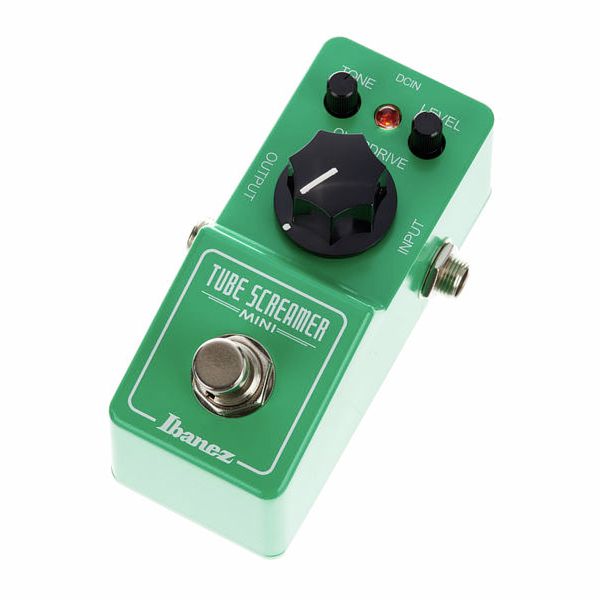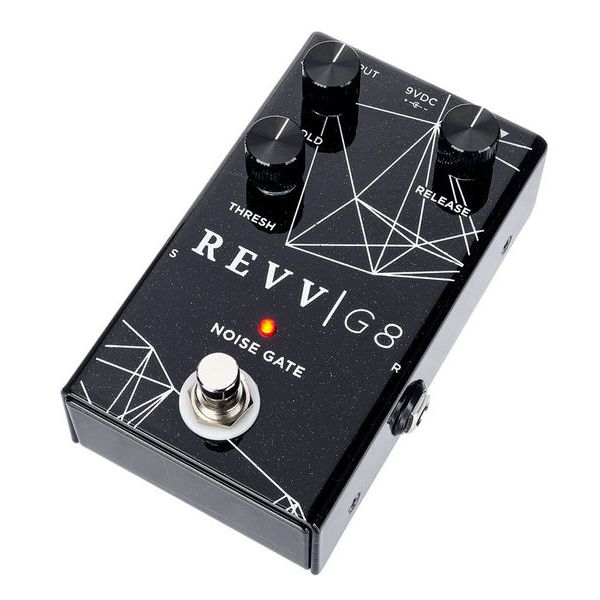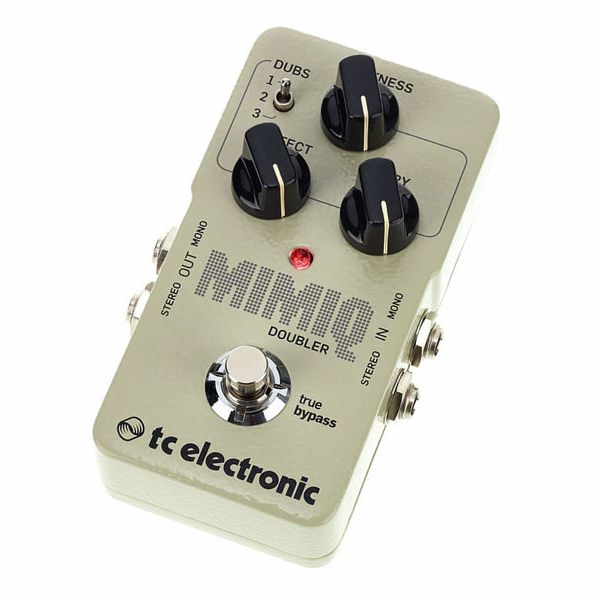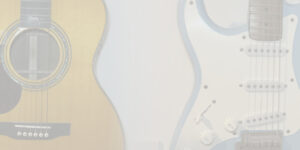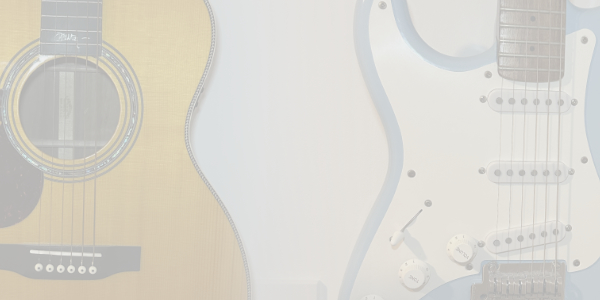
5 Must-Have Pedals for Every Gigging Metal Guitarist

Introduction
So you joined a metal band you’ve got the basics of a rig. You have got some songs and you’re looking to do some gigs. You may be thinking to yourself, should I get any pedals? Are there any pedals that every gigging metal guitarist needs? Well, in today’s article we’re going to be going over five pedals I think every metal guitarist needs if they plan to do gigs.
These pedals aren’t gonna be aimed at Sounds specifically, they are going to be more functional pedals and pedals that might help you perform rather than get a specific sound. We have also put a recommendation for each one, the links are affiliate links so if you buy something we get a small kickback. So why don’t we kick things off with the first pedal, one that I think every guitarist should have on their pedal board?
Tuner: Keep it easy to stay in tune
Everyone needs to keep in tune! Nothing worse than starting a song and releasing you are slightly out of tune! Having to find that quick gap to retune can be stressful. having a tuner pedal on the floor showing you if you are in tune or not is just a lifesaver. I like to use the Boss TU-3 (I have also used the TU-2), Which has the added benefit that it has a power out, meaning you can power another pedal off the tuner pedal. However, any Tuner pedal will do. Just want one that is clear, you know how to work and get familiar with it.
One great thing about a lot of tuner pedals is they have a bypass mode, meaning when you click the pedal on, it cuts the sound, this is great for Gigging Metal Guitarist so that no one hears you tuning up on stage and it also cuts noise while you aren’t playing. Great if you are running high-gain sounds.
Now, if you are short on pedalboard space and are looking for an alternative, then clip-on tuners are great! However, worth noting that they work on vibrations so if you are in a noisy environment, they won’t function or be as accurate as you would like! If you are a gigging metal guitarist with a silent (or almost silent) stage, running in ears for example, then they will be perfect!
Boost: in case you need to be louder
Need to kick in for a solo but can’t be heard over the other band, this is where a boost can come into play. Sometimes you have the perfect tone on your amp and just want it a bit louder when it’s time for a solo. Put a boost in your signal chain and engage it when the solo comes and this will give you a few db of volume when it’s time to solo.
Few things to be careful of, Headroom in your amp, if your amp is already as loud as it can go, then putting a boost in the front won’t make it loud just compress and saturate it more. Also, where you put it in your signal chain is very important. You don’t want it before any overdrive or distortion pedals as this will do the same effect as the above. After any gain pedals, but before modulations, delays and reverbs.
A boost isn’t just for being louder, another popular use for a boost pedal is to push the front of your amp a lot more, Say you have a high headroom amp, or an amp without a master volume getting those crunch and overdriven tones means cranking your amp way too loud. Putting a boost into the front end of your amp will help break up the sound while keeping the volume at a decent level, And if you
Overdrive/Distortion: All the Gain
This is a crucial pedal, One that I think most people need. An overdrive or Distortion pedal. If you are after high gain, then this is the pedal you need! Only have a single-channel amp and need two channels for your set? Then using an overdrive or distortion pedal will help get that sound. Allowing you to get those lush thick gain tones, at a lower volume and also you could argue with more control.
Remember, you don’t have to get all your gain from your pedal, if you like the sound of the gain that your amp produces, you can use a peal to just get more. For example, using a Tube Screamer in the front end just to add a touch of gain from the pedal, but adding volume to push the front end (Very similar to what we spoke about in the Boost bit above).
Something to note is that you don’t need much gain. A lot of people go wild and crank the gain knob to the top, this is not needed! Adding too much gain can remove clarity and add a whole lot of mud! Rolling back the gain a bit will clear everything up and allow more pick attack and your notes and chords to shine through more. So never be scared to roll the gain back a touch!
Noise gate: Keep the noise down!
Now, earlier we mentioned that when using a tuning pedal you can cut the noise while you aren’t playing, What if you want to do this while you are playing? Keep the hiss and hum to a minimum. Well, you can grab yourself a Noise Gate.
There are loads of these around and almost every company does them. What they do is cut the volume when the noise level reaches a certain threshold. So you would get your tone and rig set up, not playing anything and bring the threshold down until it cuts out the noise when you aren’t playing but lets anything you are playing through.
You can also get them with various other control like release time and attack time, but getting a simple noise gate will really tidy up and bring the production quality of your set-up.
Doubler/Spreader: Thicken and Widen your sound
One of the key things in metal is a wide guitar sound! A wall of guitars! They do this when recording by doubling up the guitars and panning them left and right. However, doing this live is just the same, if you have two guitarists! If you only have one, getting this wall of sound effects can be tricky. However, using a doubler pedal can achieve this effect.
These pedals run in stereo and output two different signals to the left and right. You plug in your guitar, and using a small delay and some clever tricks it can make your one guitar sound like two! Giving you a wide guitar sound! What this allows you to do is run into two different amps with two slightly different tones. Really helps thicken up your live guitar tone if you are a gigging metal guitarist.
As you might have guessed, the downside of this is that you need two amps. You need to come out of the pedal and run into two separate amps (or DI outputs). This brings up the cost of a rig as well as the set-up. You also have to be careful of phase and volume issues, matching volumes and phase is key to getting this to work.
If you can’t find a doubler pedal, you can also get away with a stereo chorus pedal with a slow rate and depth, this will give you a similar feel but in a slightly different way with a different effect. Or you could even use a delay pedal like the Bleak District Tapescape or JSA Atmos Delay. Se the edelay time really short, one repeat and rather low in the mix. This will give you a very quick slap back effect which will sound good through 1 amp if you can not do the two amp set up.
Conclusion
So that is our quick list of 5 pedals we think every gigging metal guitarist needs or should glance at. They are all fairly straightforward and self-explanatory, but we thought we would throw the doubler in there for a fun pedal. Of course, your music might demand you to have a few more, or even a few fewer pedals, Everyone is different and this is simply a generalisation.
If you are after any of the above pedals you can click on them, this will take you to the Thomann Website (Using our Affiliate link), so if you purchase anything we get a small commission at no expense to yourself. Also if you are after something a bit out of the typical range of pedals, then you can check out all our Pedal reviews here. We have reviewed pedals from boutique builders to affordable Clones, so I am sure there is something there that would take your fancy!
Make sure you head over and give us a Follow on Instagram and Subscribe on YouTube. Helps us massively!
Check out our other Articles here
